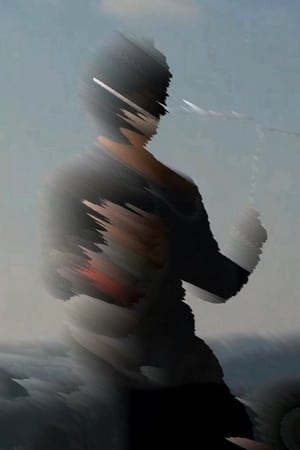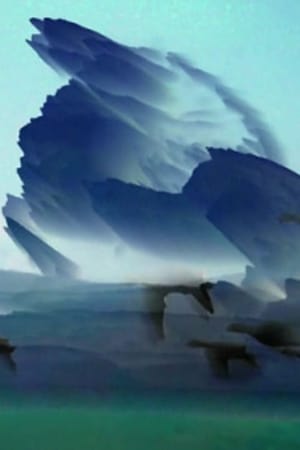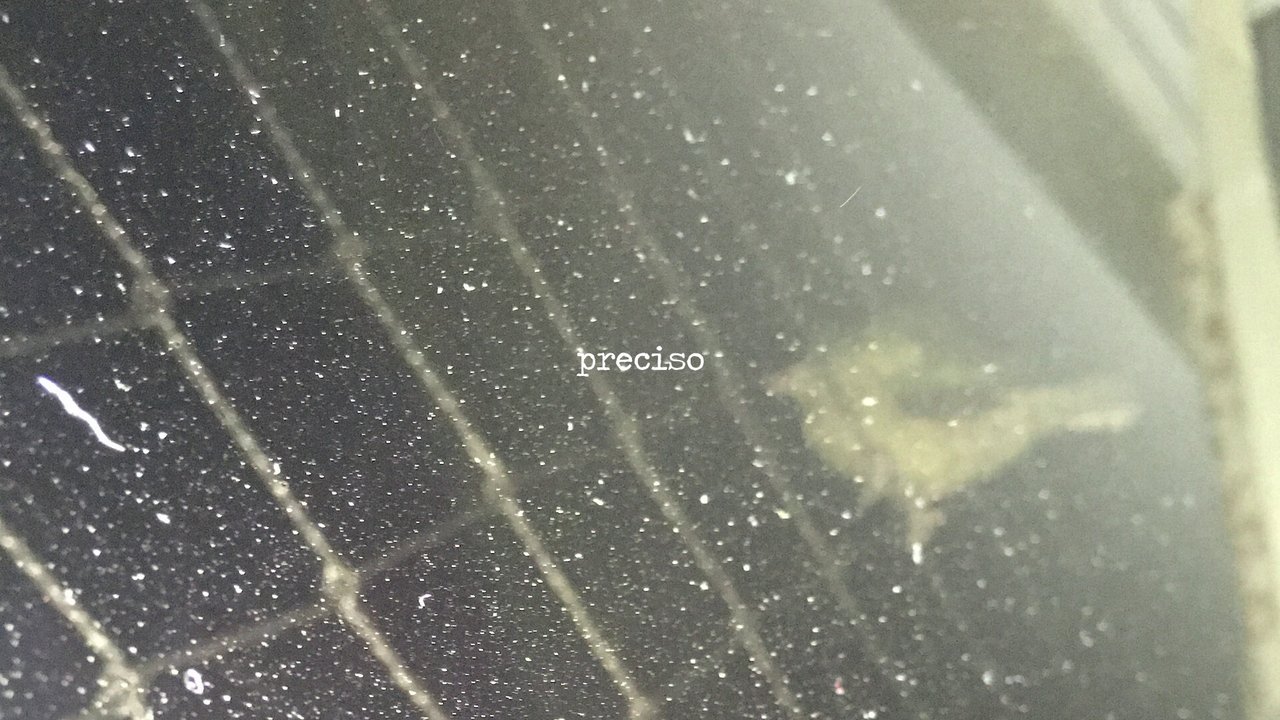
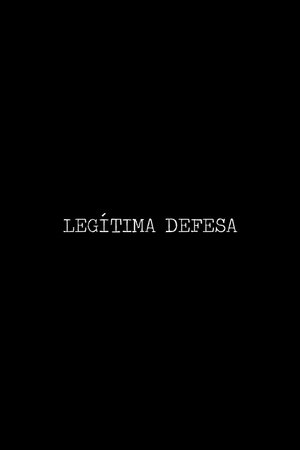
Self-defense(2021)
The quick response of a body in social isolation.
Hate as a right is added to recycled images. Poetry is narrated on top of pictures that were not meant to be but, as stubborn as the poet's feeling, they exist.

Movie: Self-defense
Top 1 Billed Cast
(voz)

Legítima Defesa
HomePage
Overview
Hate as a right is added to recycled images. Poetry is narrated on top of pictures that were not meant to be but, as stubborn as the poet's feeling, they exist.
Release Date
2021-05-10
Average
0
Rating:
0.0 startsTagline
The quick response of a body in social isolation.
Genres
Languages:
Português
Similar Movies
 6.5
6.5Histoire(s) du Cinéma 1b: A Single (Hi)story(fr)
A very personal look at the history of cinema directed, written and edited by Jean-Luc Godard in his Swiss residence in Rolle for ten years (1988-98); a monumental collage, constructed from film fragments, texts and quotations, photos and paintings, music and sound, and diverse readings; a critical, beautiful and melancholic vision of cinematographic art.
 6.2
6.2Histoire(s) du Cinéma 1a: All the (Hi)stories(fr)
A very personal look at the history of cinema directed, written and edited by Jean-Luc Godard in his Swiss residence in Rolle for ten years (1988-98); a monumental collage, constructed from film fragments, texts and quotations, photos and paintings, music and sound, and diverse readings; a critical, beautiful and melancholic vision of cinematographic art.
 6.5
6.5Histoire(s) du Cinéma 2a: Only Cinema(fr)
A very personal look at the history of cinema directed, written and edited by Jean-Luc Godard in his Swiss residence in Rolle for ten years (1988-98); a monumental collage, constructed from film fragments, texts and quotations, photos and paintings, music and sound, and diverse readings; a critical, beautiful and melancholic vision of cinematographic art.
 6.5
6.5Histoire(s) du Cinéma 2b: Deadly Beauty(fr)
A very personal look at the history of cinema directed, written and edited by Jean-Luc Godard in his Swiss residence in Rolle for ten years (1988-98); a monumental collage, constructed from film fragments, texts and quotations, photos and paintings, music and sound, and diverse readings; a critical, beautiful and melancholic vision of cinematographic art.
 0.0
0.0Moments choisis des Histoire(s) du cinéma(fr)
A very personal look at the history of cinema directed, written and edited by Jean-Luc Godard in his Swiss residence in Rolle for ten years (1988-98); a monumental collage, constructed from film fragments, texts and quotations, photos and paintings, music and sound, and diverse readings; a critical, beautiful and melancholic vision of cinematographic art. (Abridged version of the original collection of eight short films).
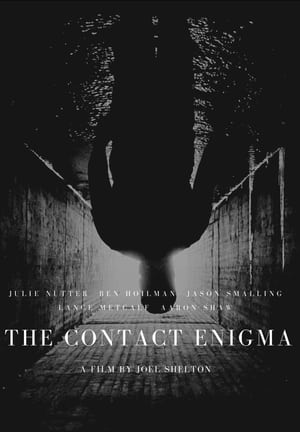 6.0
6.0The Contact Enigma(en)
Three people become connected through mysterious circumstances involving electronic devices which spontaneously appeared in their world.
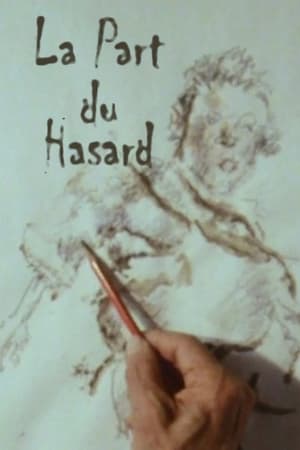 7.0
7.0The Role of Chance(fr)
"The Role of Chance" ("La part du hasard") focuses exclusively on drawing and painting techniques used by the painter Henri Dimier. Shot over several weeks in the same artist's studio, the film shows works in their different phases, processes rarely explained or little known. It also addresses many practical issues (choice of paper, pigment grinding, reports drawings, put the tiles, cliches, etc) as well as broader questions of method and inspiration (use of space, the role of contours, power of suggestion perspectives, use of random processes). Patrick Bokanowski sought with this film to restore the spirit of this teaching, showing how to bend a note or sometimes revealing an essential mystery of creation.
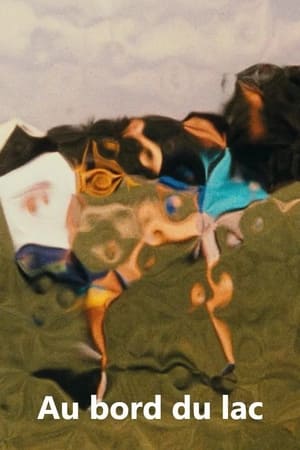 5.8
5.8By the Lake(fr)
Bokanowski returns to the complex - and mind-bending - optical array of pinholes, mirrors, prisms, and refractive substrates of his earlier film, La Plage to create the whimsical and playful Au bord du lac. The film is composed of mundane, everyday scenes of recreation and leisure on an idyllic, sunny day at a park that overlooks a lake - rowing a boat, playing a game of volleyball, rollerskating, bicycling, reading a newspaper, sunbathing, riding on horseback, or strolling on the promenade - shot through optical distortions to create fractured and knotted images that resemble embellished, gothic fairytale illustrations or appear to resolve into morphing, geometric patterns of fluid motion. Evoking the vibrant colors and sun-soaked palette of an invigorated Vincent van Gogh in Arles, Bokanowski transforms the quotidian into an infinitely mesmerizing dynamic kaleidoscope of shape-shifting textures and self-reconstituting objects of organic, abstract art.
 0.0
0.0Reflections of Nature(en)
Reflections of Nature is an experimental short film, touching on the relationship man has with mother nature, and how they coexist in this ever changing modern world.
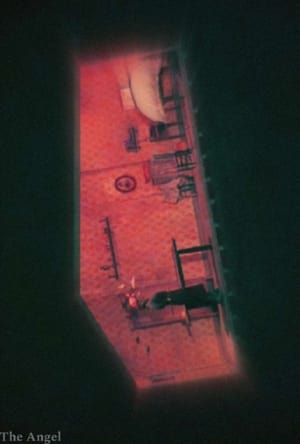 6.9
6.9The Angel(fr)
The climbing of an immense staircase made up of the most varied stairs- Symbolic scenes occur on different levels where characters seem to be prisoners of their deeds and of their own folly. The steep staircase leads little by little towards the zones of great light where human beings and nonhuman beings meet.
 10.0
10.0Janapada(bn)
Rudra has come back one morning, has return to his friend Saruar's home. He had disappeared from home leaving no cue, a year ago. Saruar first came to know about Rudra's disappearance in Rudra's mother's call. Then he had gone to Rudra's home and saw how his agitated parents and elder brother were tracing out reasons of his desertion. Rudra do not answer any of these questions of Saruar now. He become immutable and eloquent. He only replies that he is tired and cinema experience Rudra's exhaustion from this world's journey in a non-narrative way. Rudra's consciousness become aware of a bigger crisis. Rudra just express interest to go to sleep for a while.
 10.0
10.0The Sacred Laptop(id)
A man named Cukik trapped in a paradoxical dream about the man he is watching on his laptop. This madness was contagious even to the mysterious man in his dreams.
 0.0
0.0The Dream Machine(en)
A woman experiments with a Dreamachine, hoping to escape trouble. Within the light and dark of the machine, violent emotions awaken.
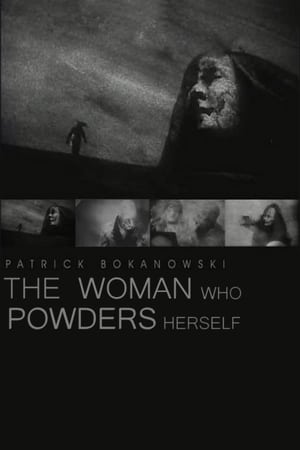 6.5
6.5The Woman Who Powders Herself(fr)
A study of human anxieties about beauty, youth and objectification.
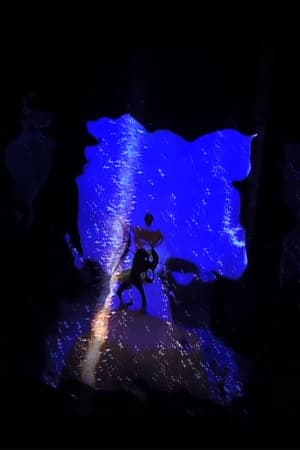 7.0
7.0Hum Drum(fr)
A painter in his studio: his pencils, brushes, tubes, table, easel and drawings set themselves in motion in an explosion of colors and flashes of light.

